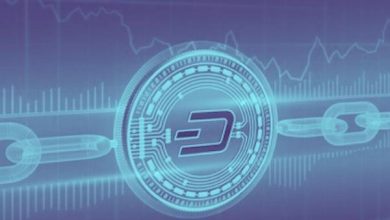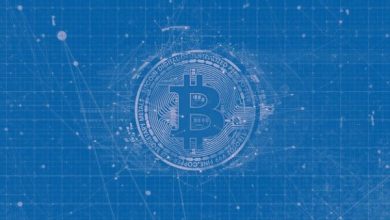Etherscan Launches Block Explorer for Ethereum 2.0 Testnet
The first stage of Ethereum 2.0, Serenity “Phase 0,” is set to launch in early 2020. It’s a milestone some skeptics have said will never come.
Yet Eth2 is indeed getting closer, whether people realize it or not. As a testament to that closeness, a new block explorer for a testnet version of the upgraded Ethereum has just arrived, showing how much of the groundwork for the network’s biggest evolution to date is already in place.
That block explorer comes courtesy of popular Ethereum analytics platform Etherscan and is connected to the Prysmatic Labs team’s Goerli-powered Sapphire testnet, an experimental Beacon Chain implementation from the Phase 0 spec via Prysmatic Labs’s Prysm client.

The development indicates the nearing of the Beacon Chain, which has been designed as a key, foundational element in actualizing proof-of-stake (PoS) consensus on Ethereum 2.0. This new design will allow stakers, or ether (ETH) holders, to secure the network — in exchange for block rewards — rather than miners.
Taking the new block explorer as an occasion for some celebratory sarcasm, Ethereum creator Vitalik Buterin suggested on Twitter that the impossible had been done.
“The ethereum 2.0 pie-in-the-sky vaporware platform now has a working block explorer from [Etherscan] for its testnet,” Buterin said.
Running the @prylabs testnet has been fun but having a block explorer for eth2 really does make this all feel much more real and closer. pic.twitter.com/ZRseoLkju2
— eric.eth (@econoar) December 5, 2019
Per Etherscan, there are currently more than 500 PoS validators on the Sapphire testnet at press time. That number is a far cry from the hundreds of thousands of validators that will be needed to secure the mature Ethereum 2.0, but this testnet is only the beginning.
And with Phase 0 set to begin by the end of Q1 2020, the clock is ticking on the last pieces of development needed to facilitate many more validators to come.
Prysm, Meet Shasper the Friendly Client
Parity Tech’s Ethereum 2.0 client, Shasper, has just received “basic support for syncing with Prysm’s Sapphire testnet” per a pull request that was merged on GitHub on December 5th.
It’s another development that hails the nearing of the new Ethereum, as it means Sapphire has now become a multi-client testnet, a maturation from its prior single-client status.
The interoperability of these clients is important because more are coming, including Lighthouse, Nimbus, Harmony, and Hyperledger Besu. These clients are specialized software that lets users directly interact with and verify the Ethereum blockchain. The diversity of these clients also ensures decentralization, insofar as no single client’s development team can then serve as a lone gatekeeper to Ethereum, with all the pitfalls that such a dynamic would entail.
Multiclient ETH2 testnet!!!!!! https://t.co/djv9TAvBvv
— prestonvanloon.eth (@preston_vanloon) December 5, 2019
Accordingly, expect more clients to soon follow Shasper’s wake in joining Sapphire, too.
First Things First: Istanbul Upgrade Is Here
Ethereum has big changes coming with the start of its Serenity upgrade next year. But to get there, the smart contracts platform will have to undertake its more routine, optimization-focused Istanbul upgrade first.
Istanbul, which is set to activate around December 7th, won’t be totally insignificant though.
While some of Istanbul’s changes will increase the computational costs of calling some data on Ethereum, other changes like Ethereum Improvement Proposal (EIP) 2028 can pave the way for transaction throughput on the network to reach up to 3,000 transactions per second (TPS) on Ethereum 1.0 — up considerably from the 15 TPS that Ethereum can approximately handle right now.
For example, the Stark Ware project has said EIP 2028, once live, will offer “massive scalability for layer-2 solutions.”
Another project taking up that “massive” potential is IDEX, the most used decentralized exchange in the Ethereum ecosystem at the moment. Aurora Labs, the team behind IDEX, is launching a new DEX to take advantage of EIP 2028’s TPS boost, with the project’s leadership saying the tech pivot can lower gas costs by around 90 percent for traders.


eToro Risk Warning: 75% of retail investor accounts lose money when trading CFDs with this provider. You should consider whether you can afford to take the high risk of losing your money.
You have Successfully Subscribed!
Source: blockonomi.com
View original post






